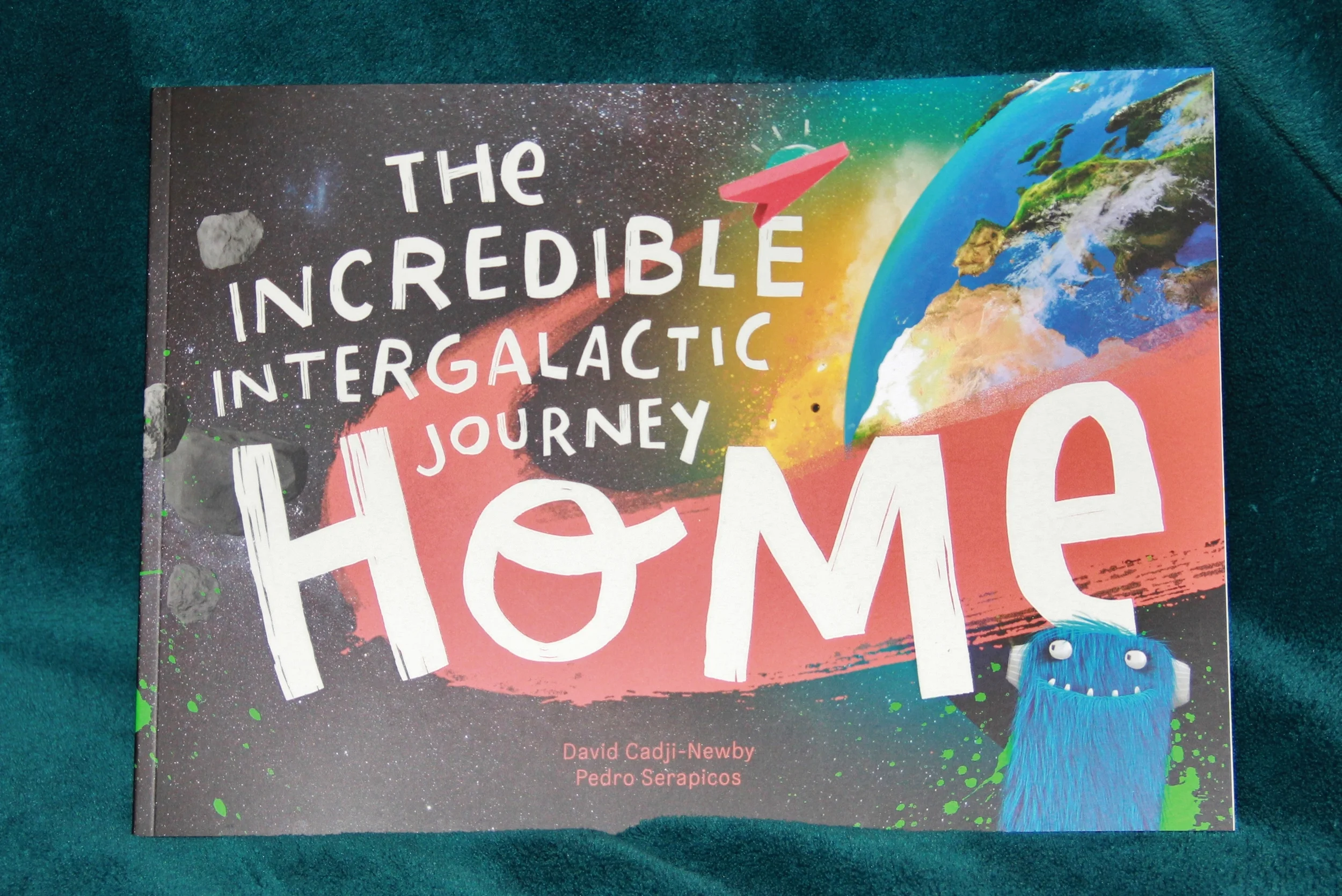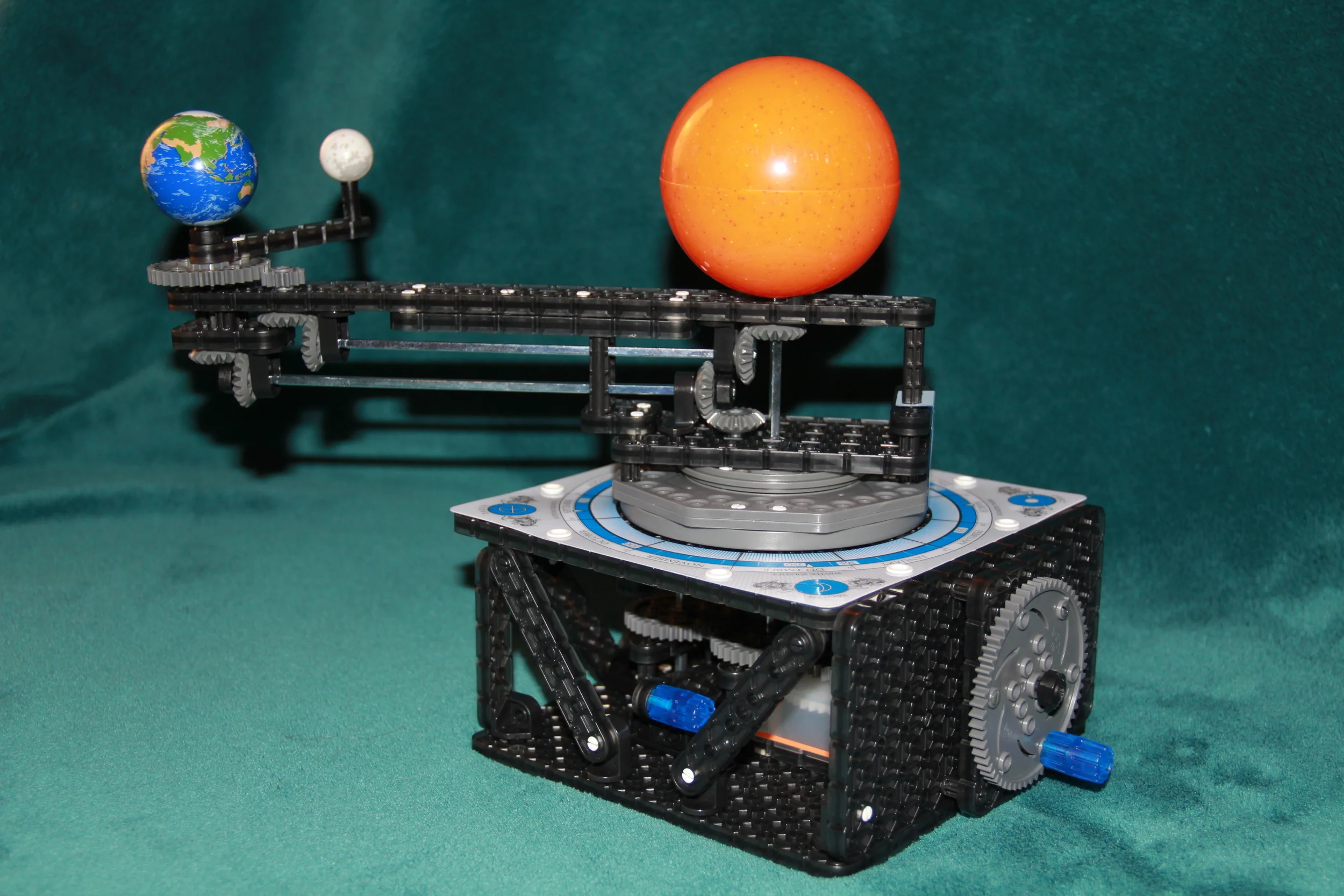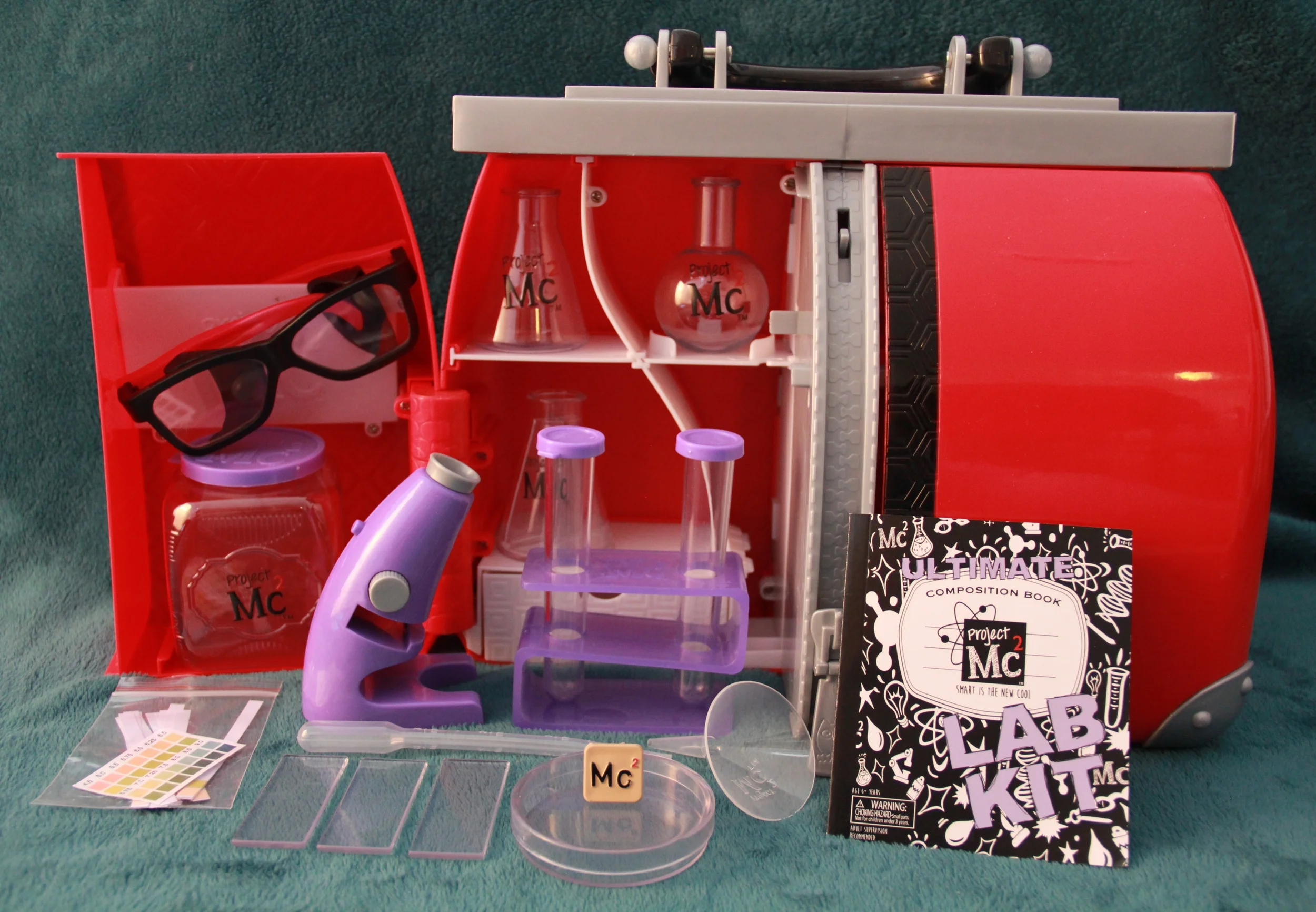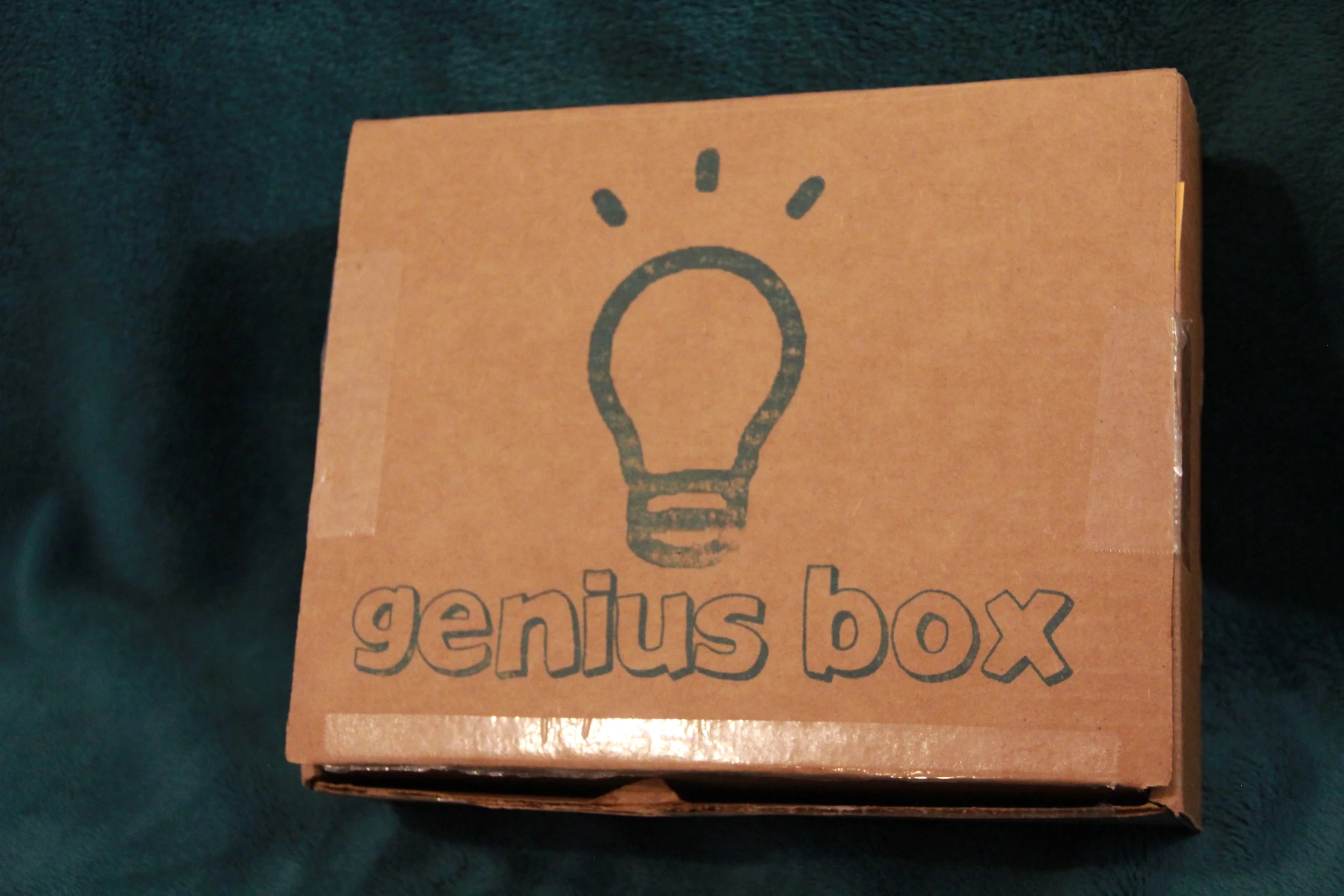STEM Toys for Kids that Parents Will Love: Roominate
This is the first post for my series on STEM toys for kids that parents will love! I was motivated to write this because parents, who watch my TV show with their kids, often reach out to me and ask what STEM toys I’d recommend they purchase.
I’m not a parent, nor do I interact with children on a day-to-day basis, so I really didn’t have good advice for them. Until now, that is. I’ve researched many of the top selling STEM toys available today and have picked the ones that I’ve found most interesting for the demographic who watches my show: kids between the ages of 6-12 who are passionately curious about the world around them.
This first toy I'll be reviewing is called Roominate – a construction kit paired with a few electrical components which is primarily marketed toward girls age 6-10.
All of the Roominate Pieces! As for the electronics, it comes with 1 motor and 2 LED ropes!
Roominate was created by two Stanford grads who initially financed the toy through Kickstarter and later partnered with Mark Cuban after bringing Roominate on Shark Tank. Today, you can get many different types of Roominate kits each with a slightly different set of pieces. I was given the Amusement Park kit from which you can create certain amusement park rides like a ferris wheel or a merry-go-round. I, however, made neither of those things, because I was too distracted with my own imagination. Probably a good sign for this toy.
My kit came with a hefty number of connector pieces (see above) as well one low-power motor, and two LED light ropes. I have to admit, I really liked playing with this kit. It’s the type of toy that will lend well to a child with an imagination. Once you start to understand how the pieces fit together, it becomes fun to test out ideas.
Here are some of the things I created and what STEM concepts/thought processes your child can take away from them.
1. Hanging Swings Ride!
This is a great project that can teach your kid a few different STEM topics. First, it’s created with a small motor which is powered by two AAA batteries. The motor provided is a “DC motor,” which presents an opportunity to teach your kid that we power our electronics with two different methods: AC (Alternating Current) and DC (Direct Current) power. The battery that connects to the motor supplies DC power to that little motor when it’s turned on. Alternatively, things that plug directly into our wall are receiving AC power. And sometimes you have things like your laptop which plug directly into your wall to receive AC power, but that little block on your power cord converts AC to DC, and then your laptop ultimately receives DC power.
By building this little contraption, you’ll also experiment with how much weight the motor can take before it won’t spin any more. It presents a good trial-and-error exercise. For me, the motor still works when I attached four basic chairs to the motor using ribbon.
You can also teach your child the concept of centrifugal force. Once the motor is turned on, the chairs are thrown away from the center of rotation. This happens because centrifugal force is acting laterally on the chairs and pushing them outward (it’s the same feeling they get if they ride a merry-go-round and feel like they might be thrown off if they don’t hold on).
2. Light Up Car!
You could use this one to teach your child about many different STEM topics. First of all, it’s a good exercise for them to put the car together in general and discover how wheels can be used to move something across the floor. It seems pretty obvious to grown-ups, but the concept of a wheel and axle is actually a simple engineering machine that may seem complex to kids.
Secondly, you could also use this as an opportunity to explain the difference between an LED and a regular light bulb. LED stands for Light Emitting Diode and create light differently than your standard light bulb. A standard incandescent light bulb will heat up a small piece of wire, a “filament”, which heats up and lets off light. That’s why light bulbs are often pretty hot to touch when they’re turned on.
In contrast, an LED doesn’t have a filament to heat up. They create light a completely different way. They operate on the principle of electroluminescence, meaning the ability for some materials to emit light when electric current flows through them. The little LEDs are lit up because they are made of a special material that does this: a semiconductor. So an incandescent light bulb emits light by heating up a little piece of metal whereas an LED emit photos (little bursts of energy in the form of light) by passing an electric current across a special material (a semiconductor).
And lastly, you can use the car to demonstrate Newton’s first 2 laws! To demonstrate Newton’s 1st law (Law of inertia: objects at rest like to stay at rest / objects in motion like to stay in motion), put the doll and the pet in the car as passengers. Begin to move the car forward quickly and watch how the passenger fall backward in the opposite direction. Objects at rest like to stay at rest, so they aren't easily thrown into motion! To demonstrate Newton’s 2nd law, have the child experiment with how far the car will travel based on how hard they push the car. The harder they push, the faster and farther it is likely to go (Force = mass times acceleration!).
3. An Illuminated House
This is an obvious one to create with the materials provided (It is called Roominate after all). When your child creates this, they will have to experiment in order to find a way to put a room/house together that will not fall down. This isn’t too complicated, but it offers a way for a kid to see firsthand the importance of support structures like cross beams. Also, to build multiple floors, your child will soon realize that they need a heftier, stronger base to support that additional weight.
And lastly, this is a great exercise in imagination. Roominate allows your kid to design their own doll house. It requires them to fail, to tear everything down and build everything back up. It may require them to get frustrated. In the end, however, it will allow them to express their creativity and feel proud of their little invention.
Where Can I Buy It?
If this product sounds like a good tool that you could use to teach your child a few STEM topics, you can get it on amazon here (click the "Buy on Amazon" button under the picture)!














